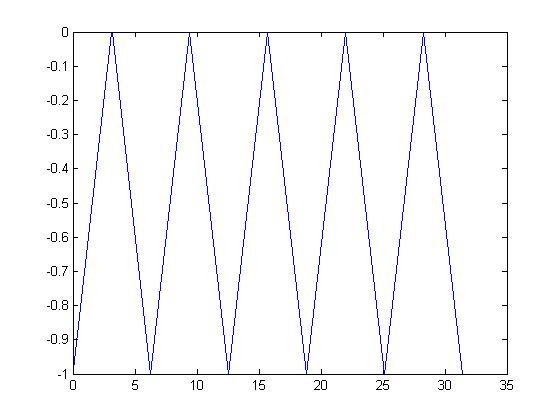| Line 11: | Line 11: | ||
A plot of f(x) = sin(x) and g(x) = cos(x); both functions are periodic with period 2π.A simple example of a periodic function is the function f that gives the "fractional part" of its argument. Its period is 1. In particular, | A plot of f(x) = sin(x) and g(x) = cos(x); both functions are periodic with period 2π.A simple example of a periodic function is the function f that gives the "fractional part" of its argument. Its period is 1. In particular, | ||
| − | f( 0.5 ) = f( 1.5 ) = f( 2.5 ) = ... = 0.5. [[Image:Example_ECE301Fall2008mboutin.jpg]] | + | f( 0.5 ) = f( 1.5 ) = f( 2.5 ) = ... = 0.5. [[Image:Example_ECE301Fall2008mboutin.jpg]] |
Revision as of 16:15, 5 September 2008
A periodic function is a function that repeats its values after some definite period has been added to its independent variable. This property is called periodicity.
For a function on the real numbers or on the integers, that means that the entire graph can be formed from copies of one particular portion, repeated at regular intervals. More explicitly, a function f is periodic with period P greater than zero if
f(x + P) = f(x) for all values of x in the domain of f. An aperiodic function (non-periodic function) is one that has no such period P (not to be confused with an antiperiodic function (below) for which f(x + P) = −f(x) for some P).
If a function f is periodic with period P, then for all x in the domain of f and all integers n,
f(x + nP) = f(x).
A plot of f(x) = sin(x) and g(x) = cos(x); both functions are periodic with period 2π.A simple example of a periodic function is the function f that gives the "fractional part" of its argument. Its period is 1. In particular,


